Day 17 - The Road To Enlightenment - Walking The Saigoku Kannon Pilgrimage - From Mount Inunaki To Kishiwada, Japan


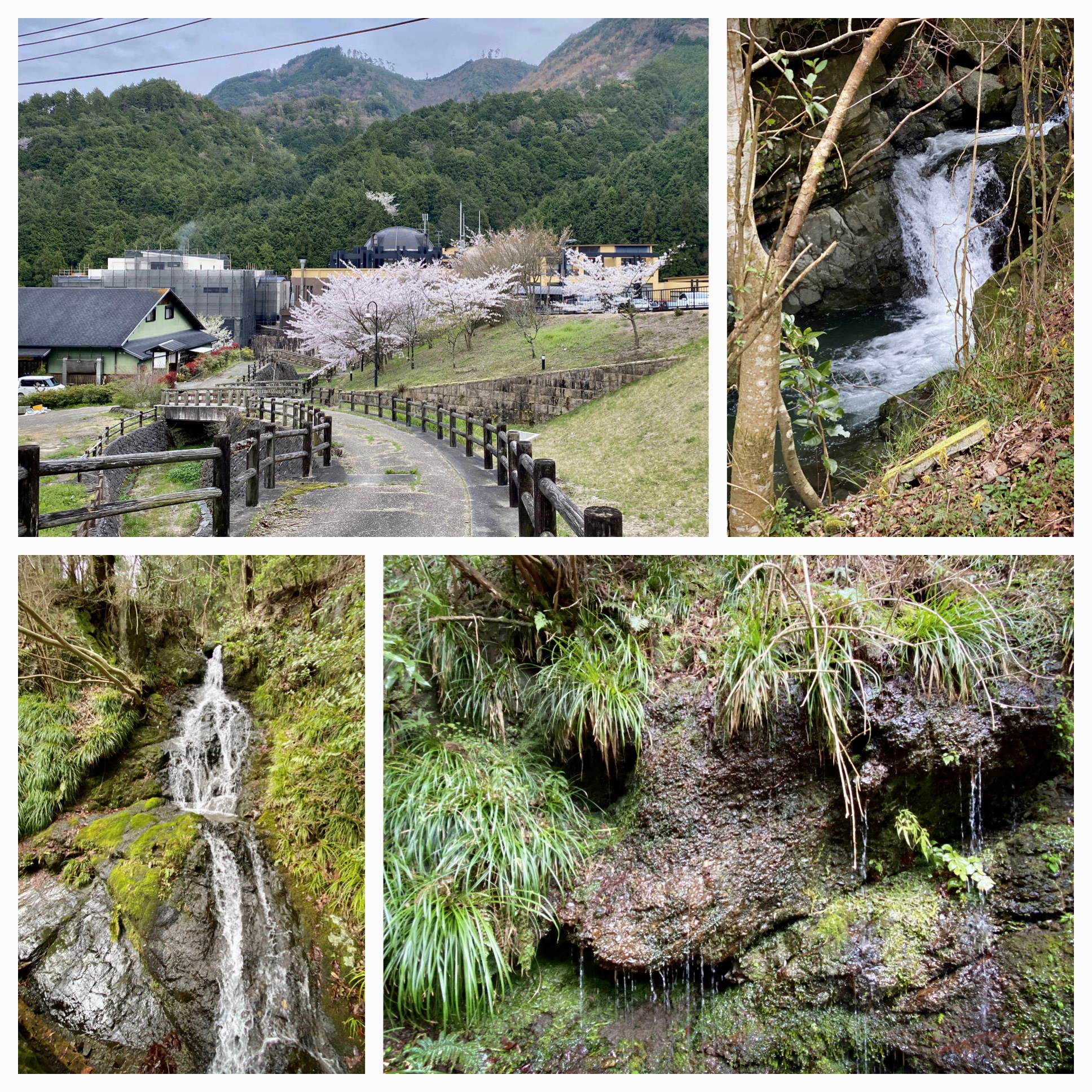

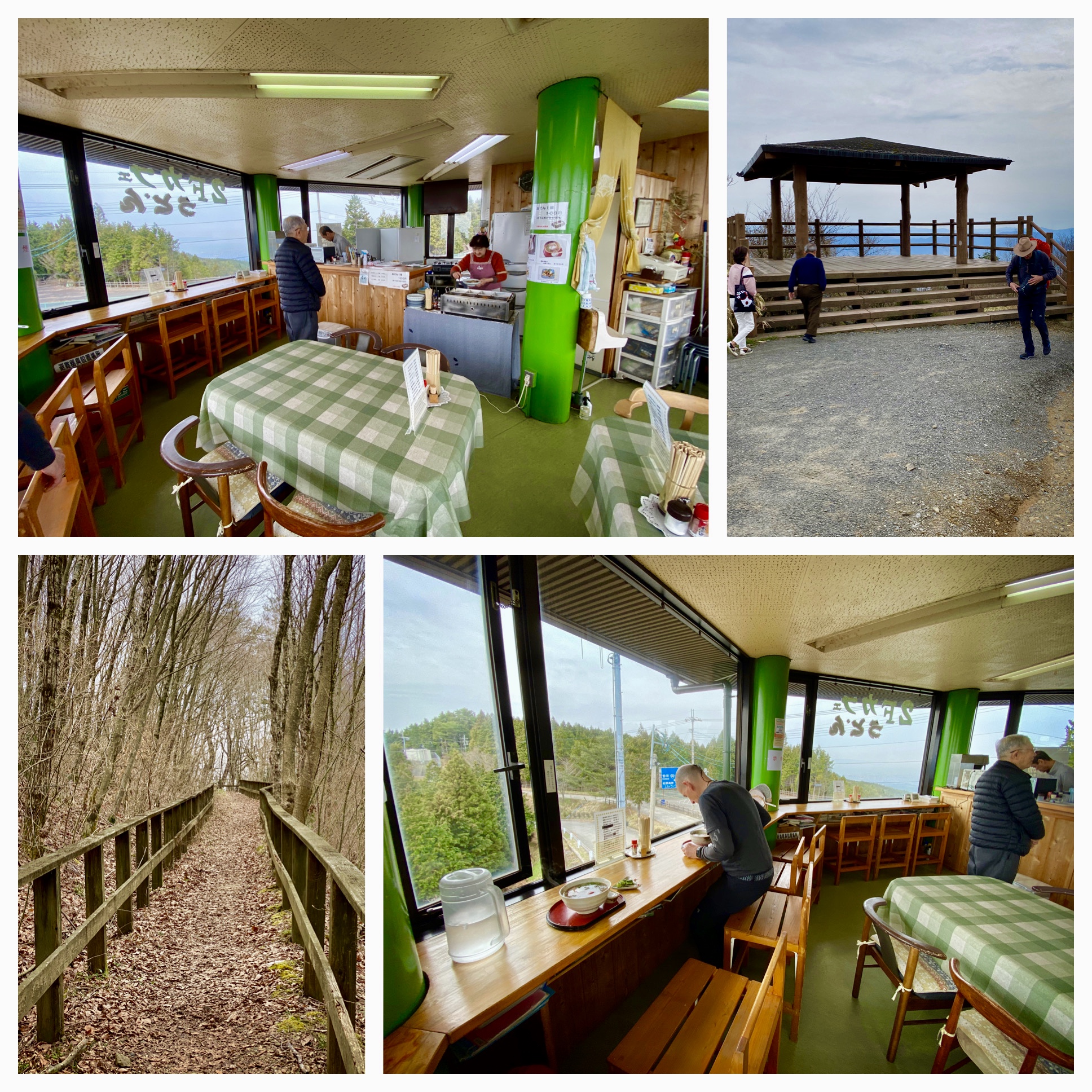
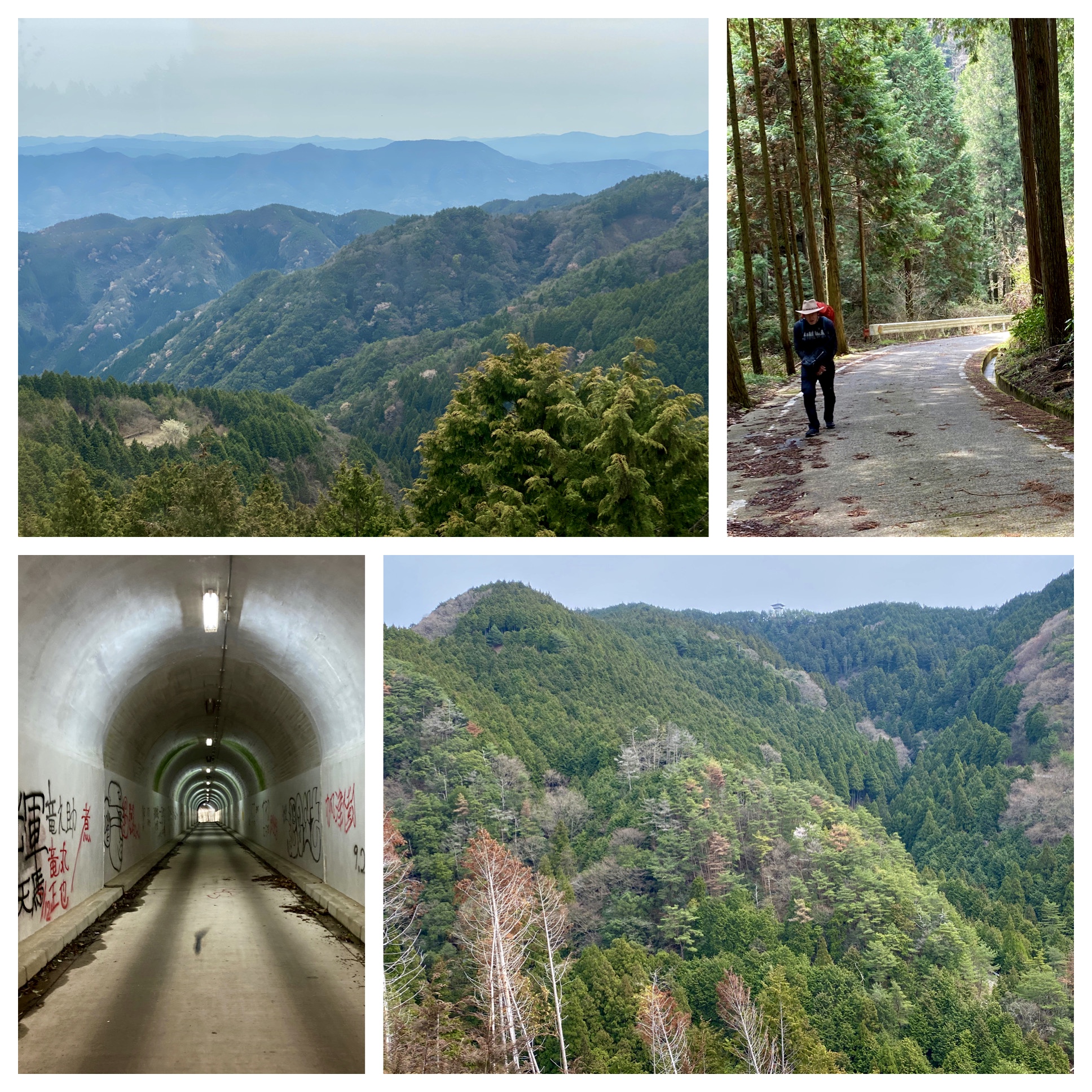


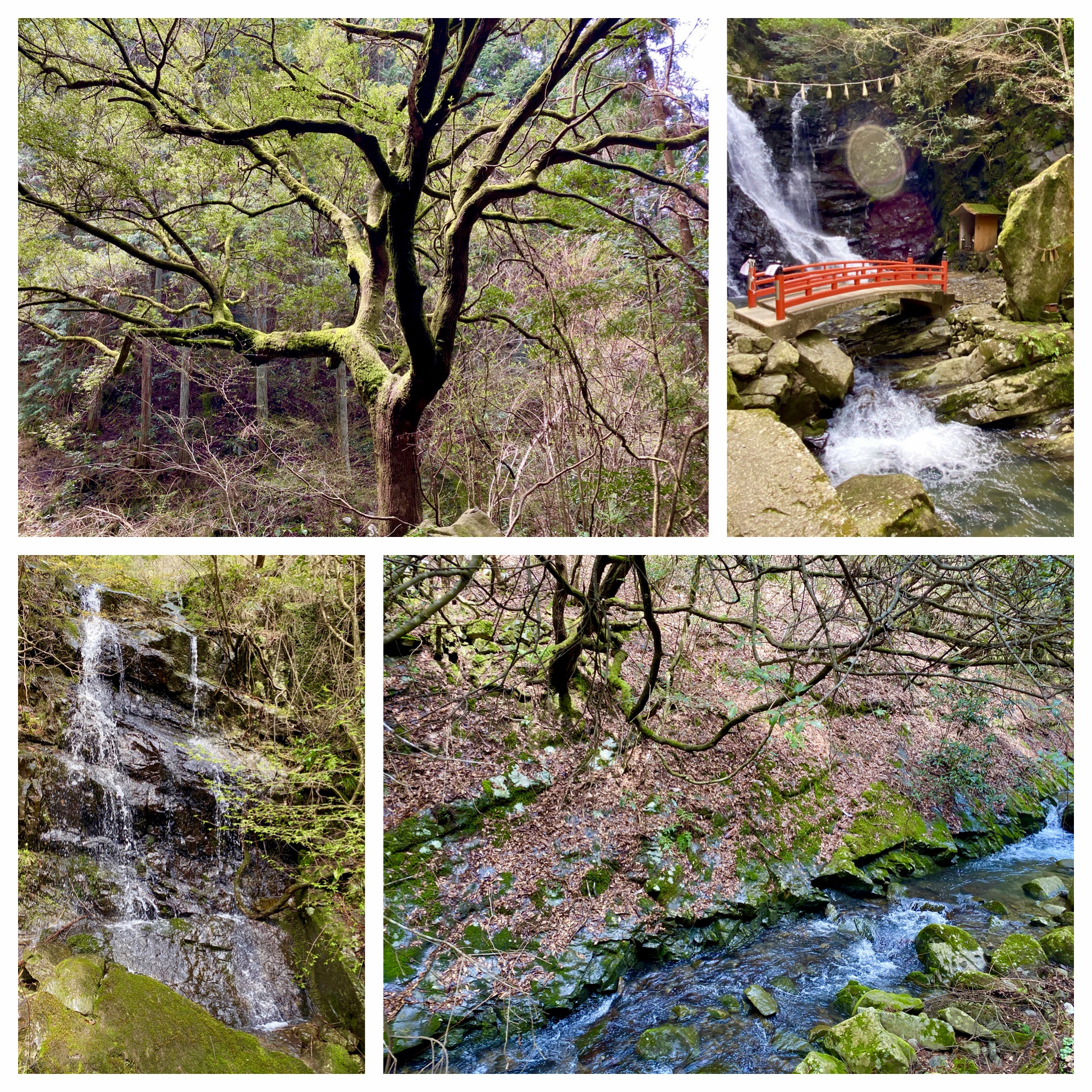
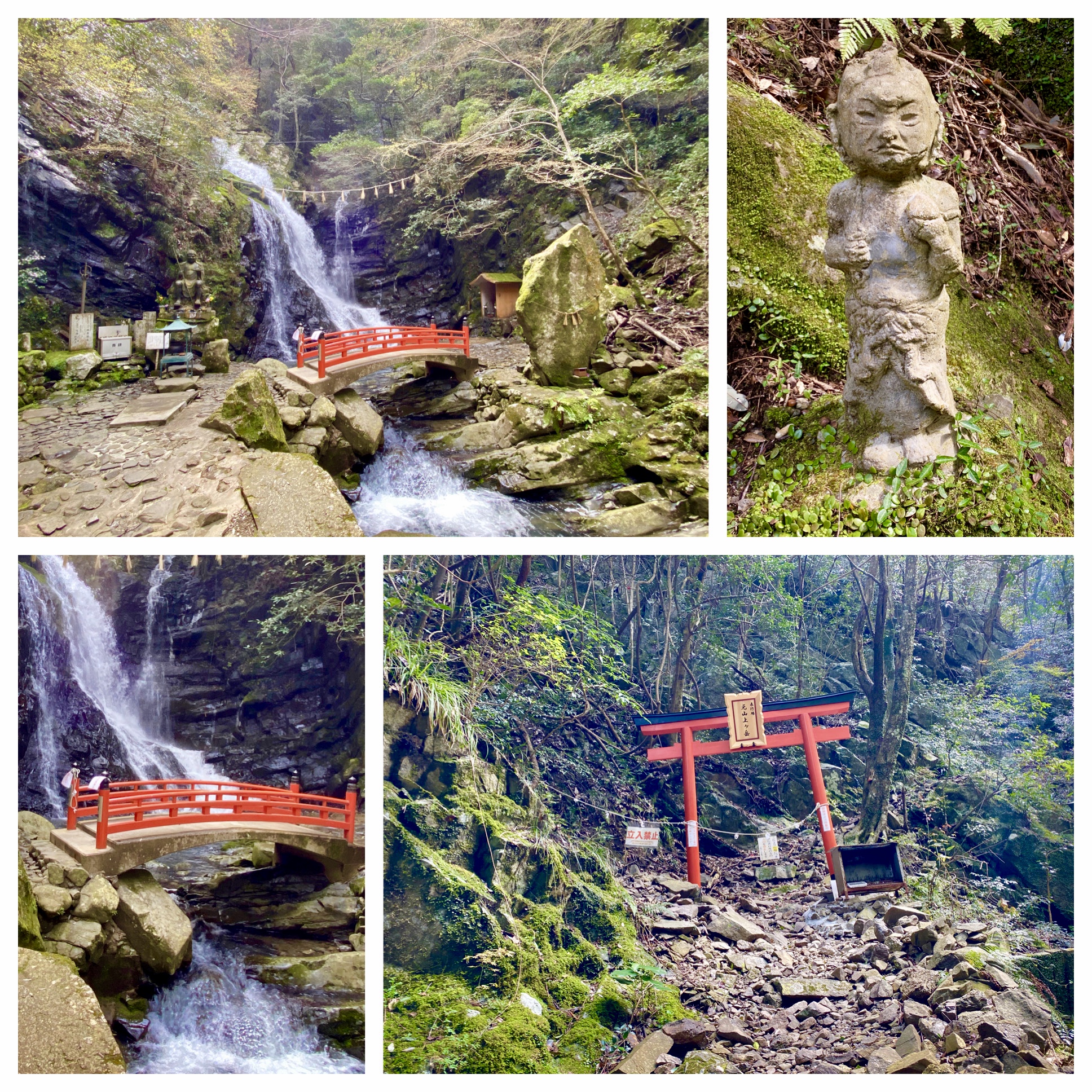
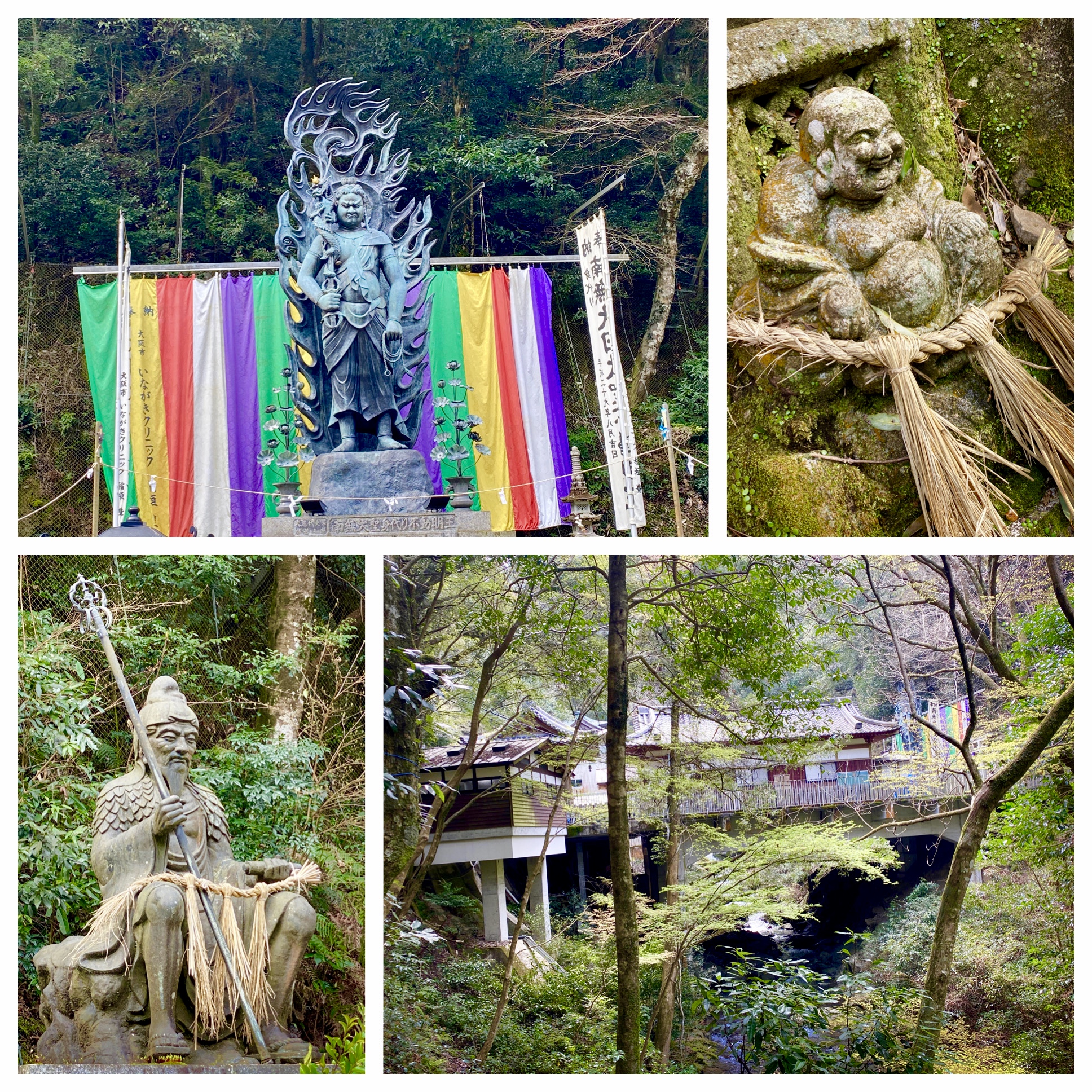

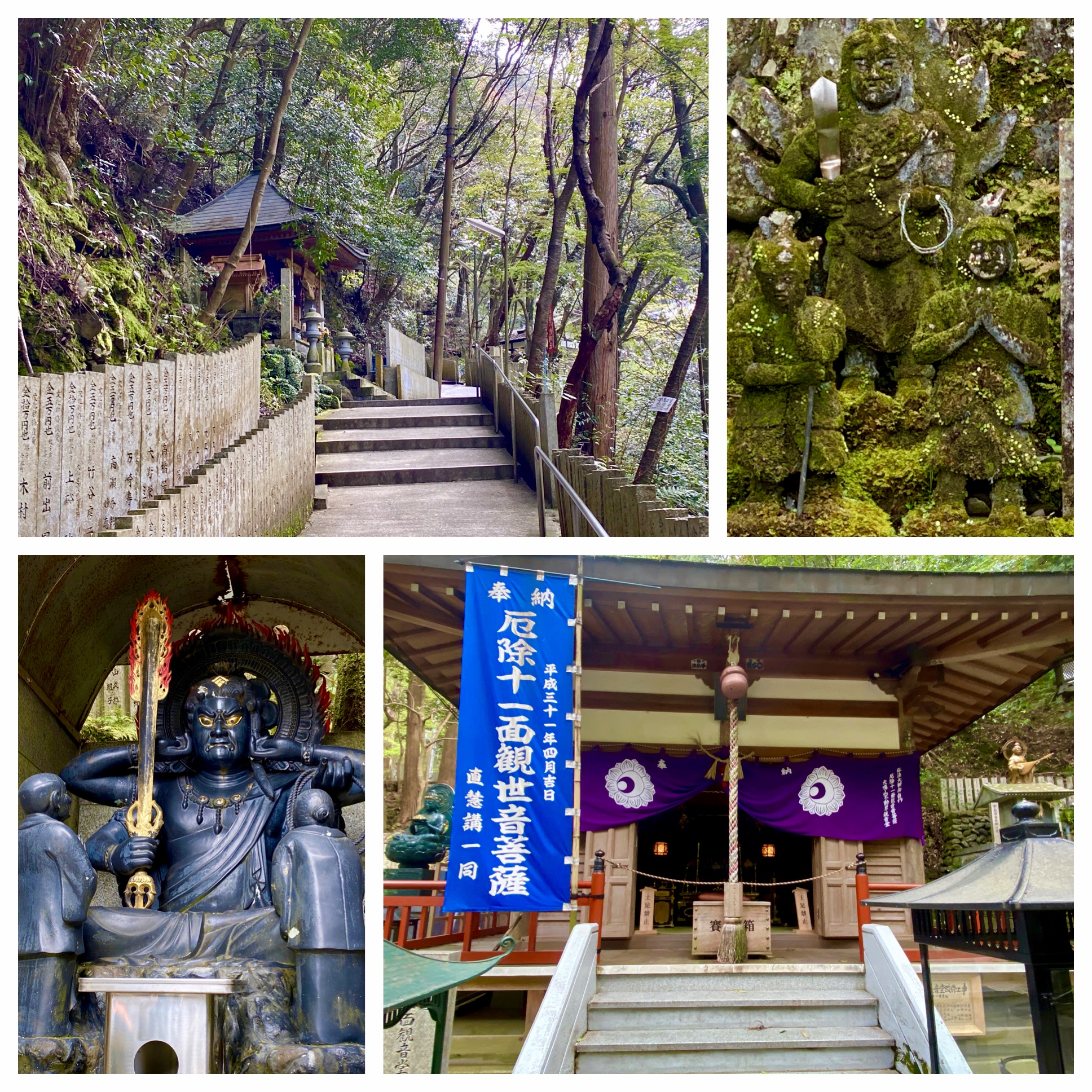


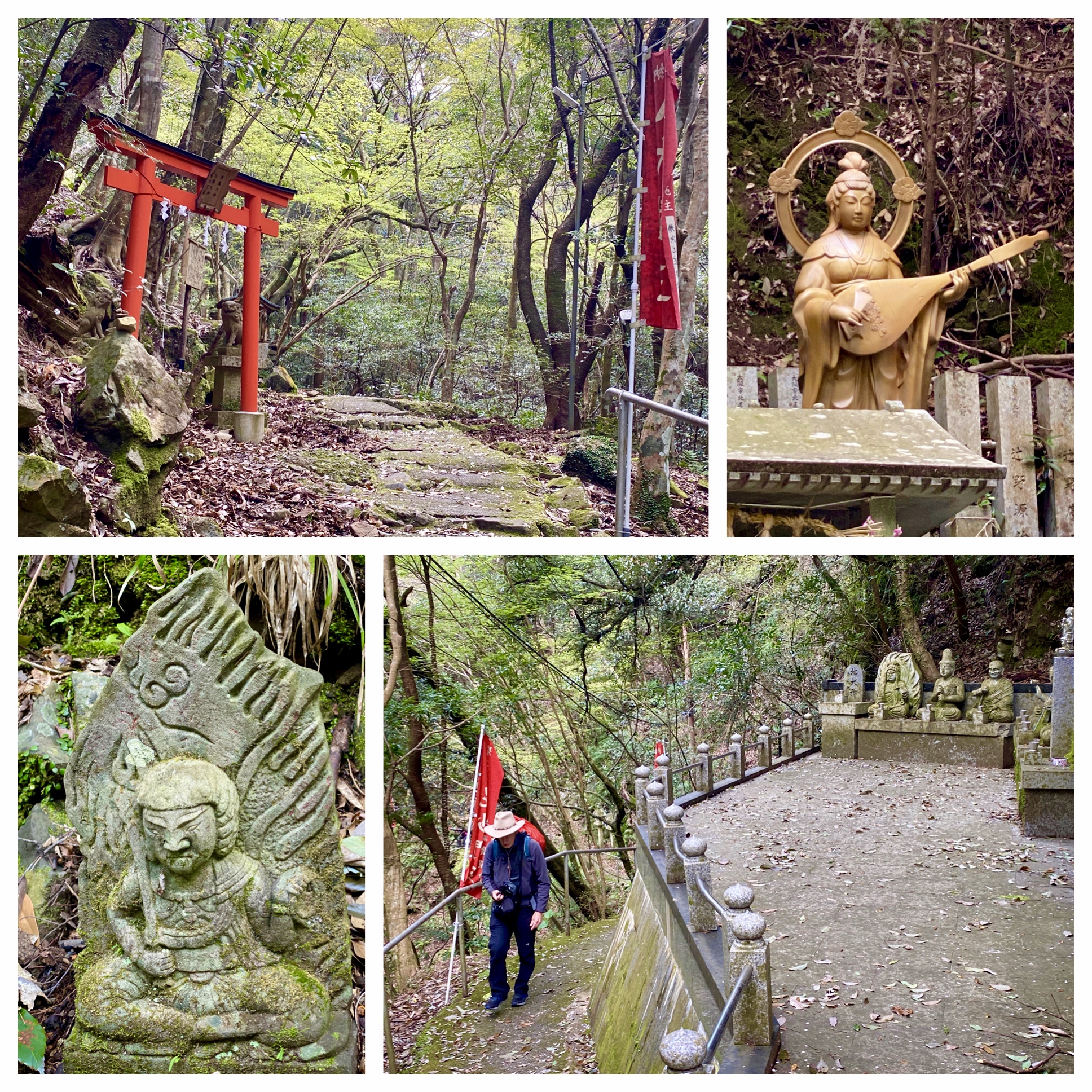



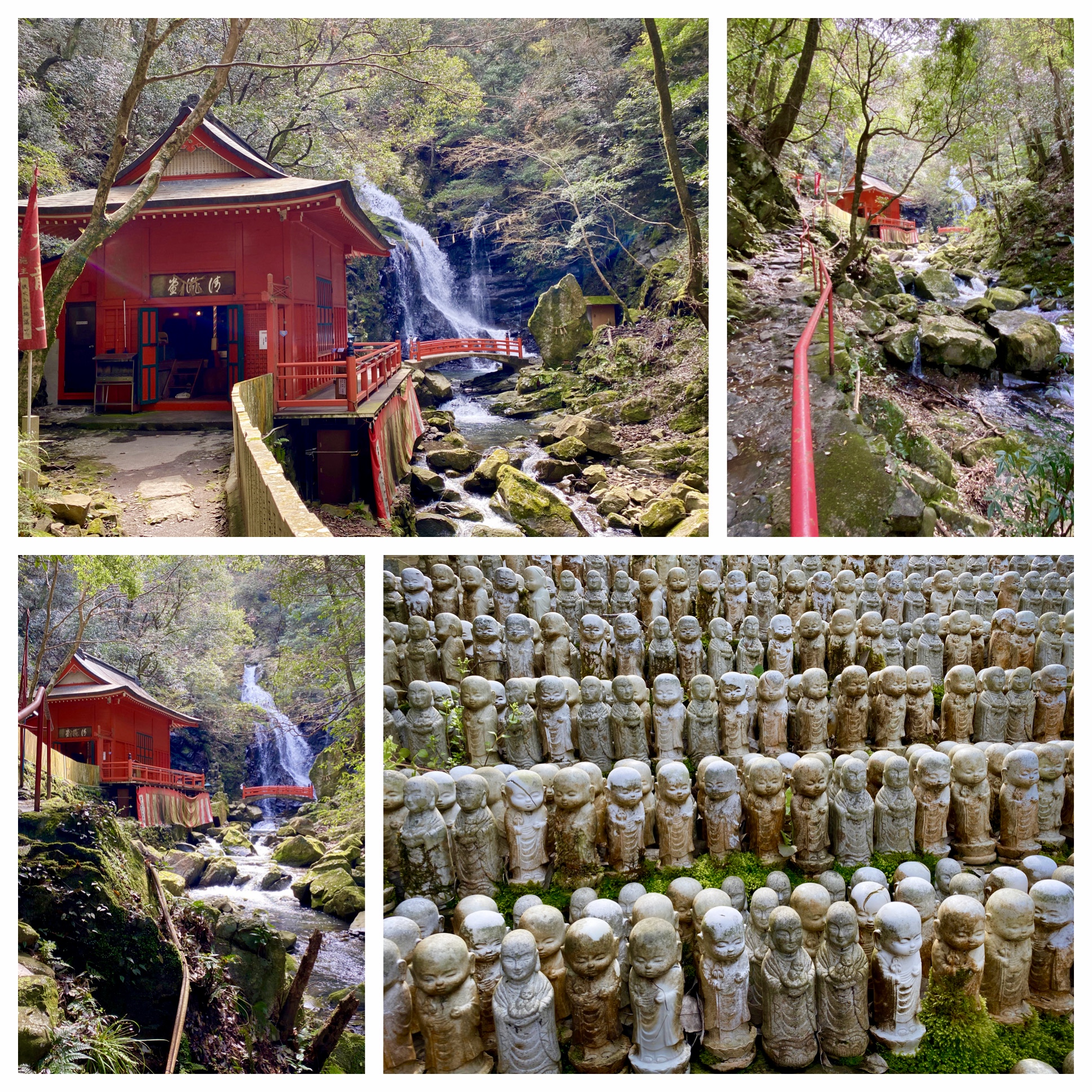


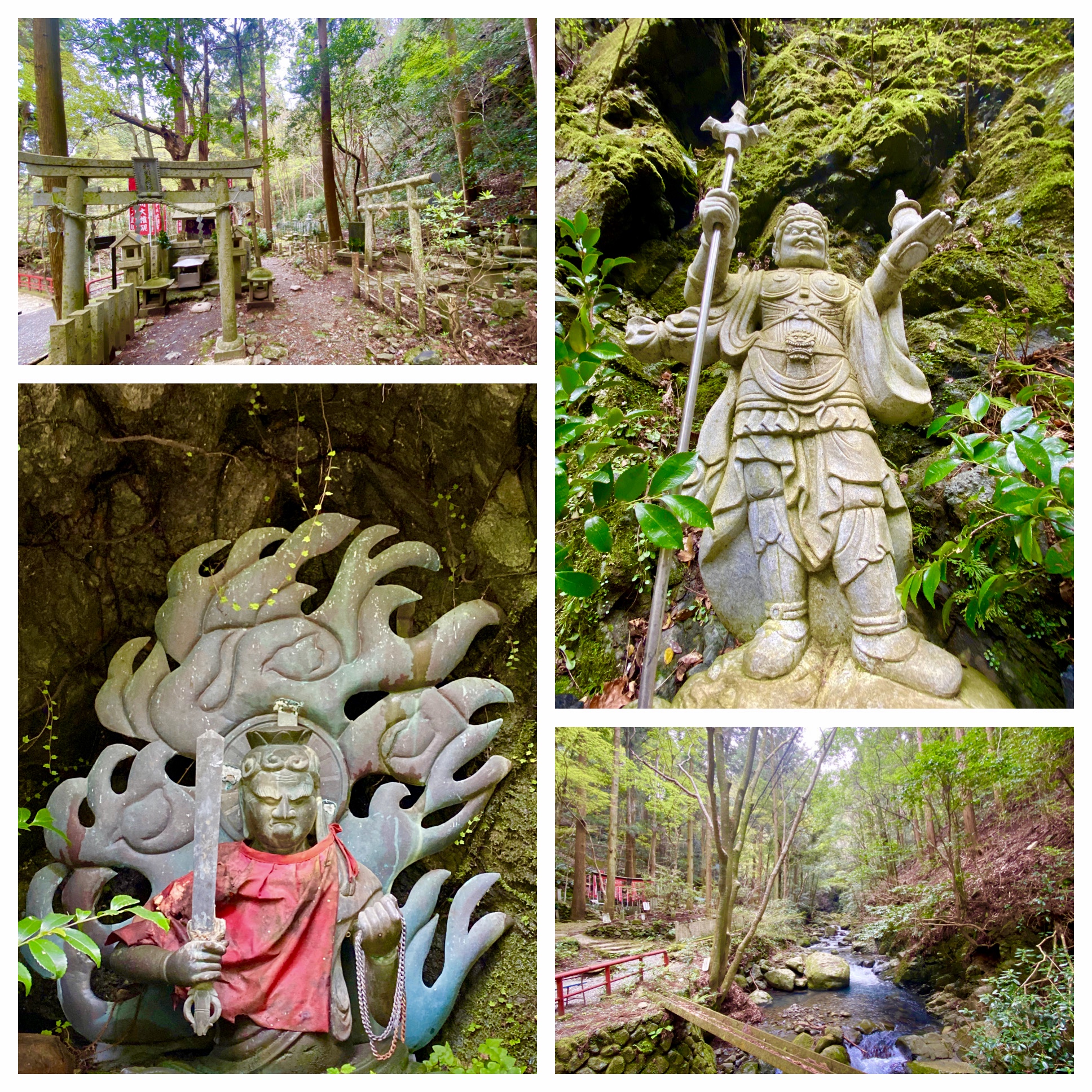
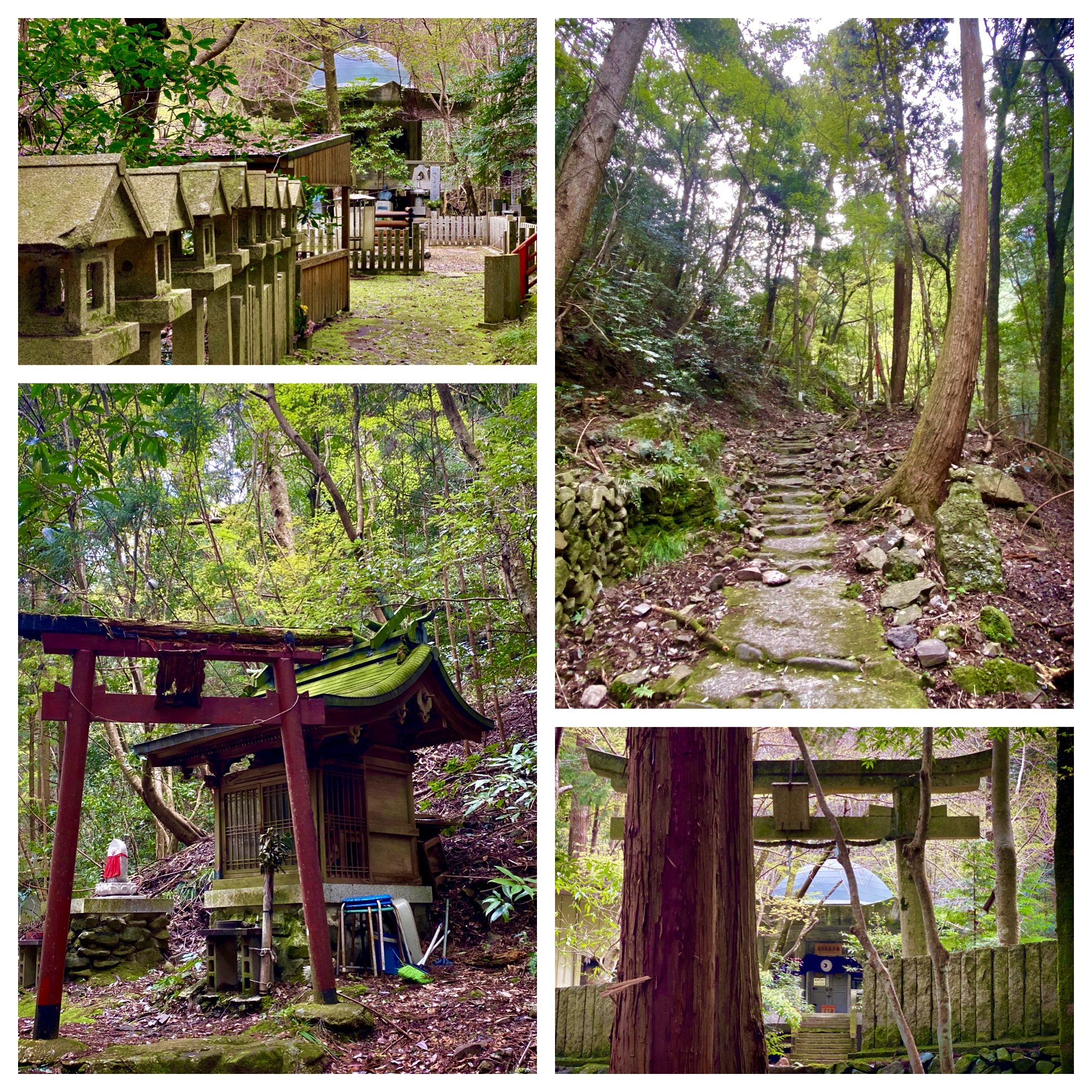
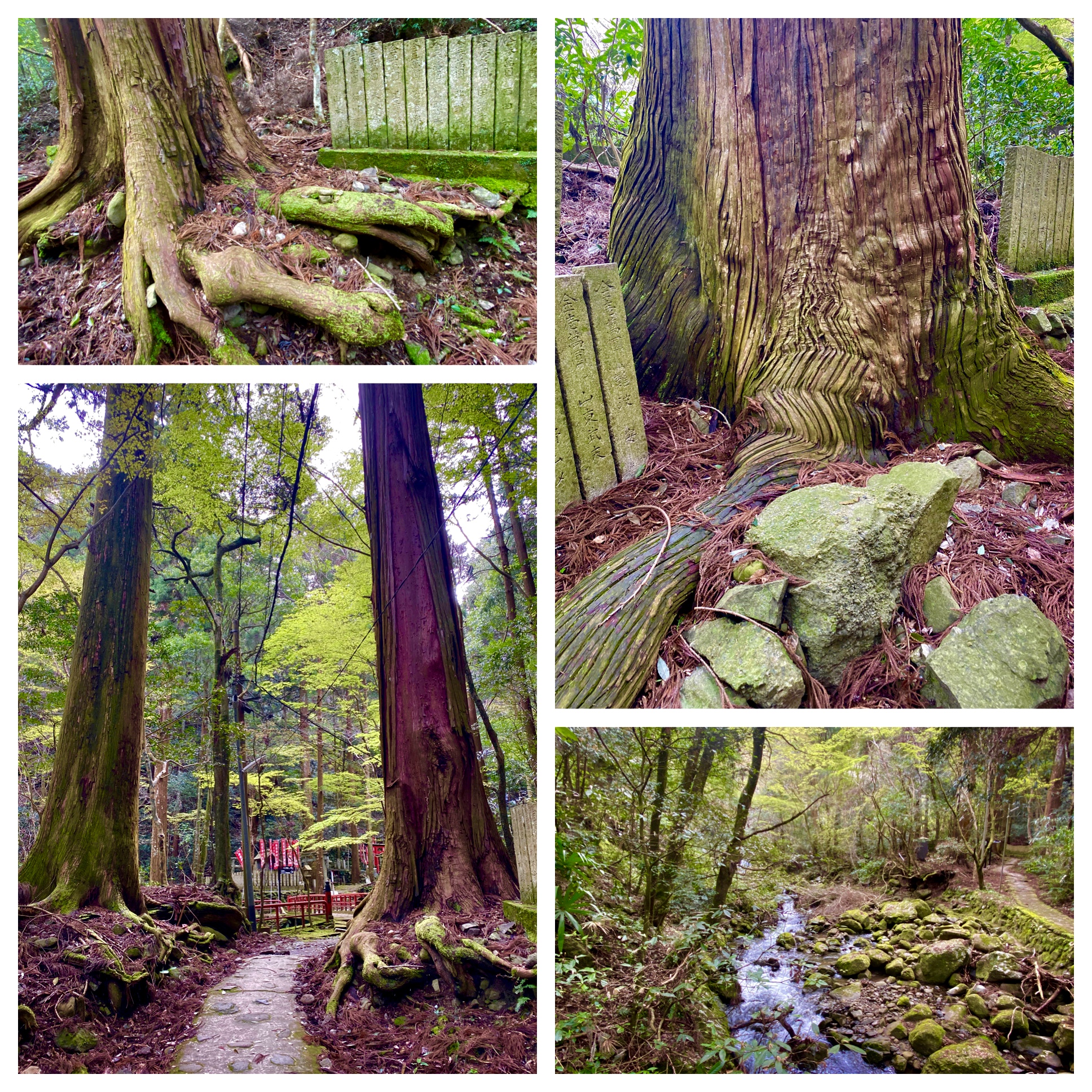

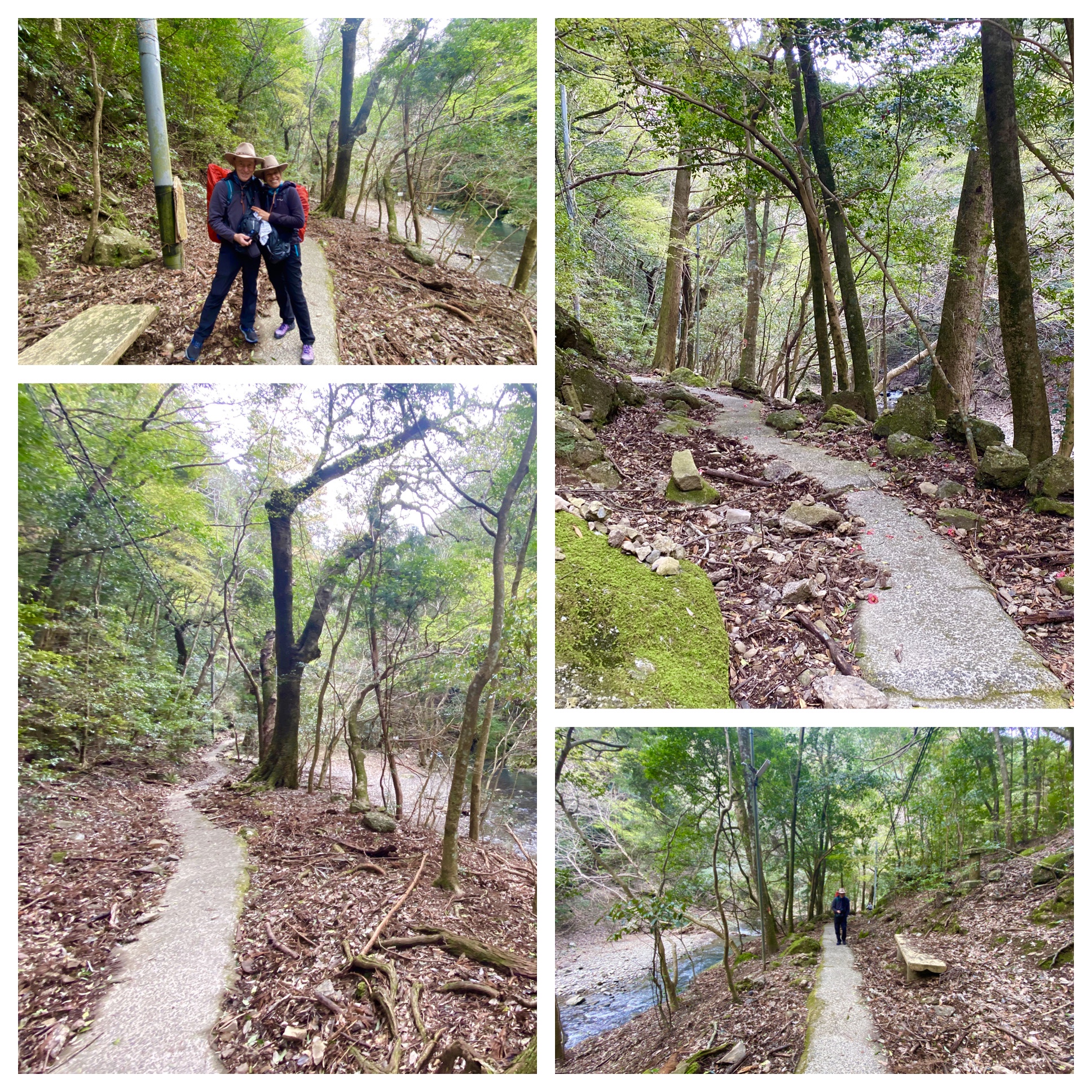

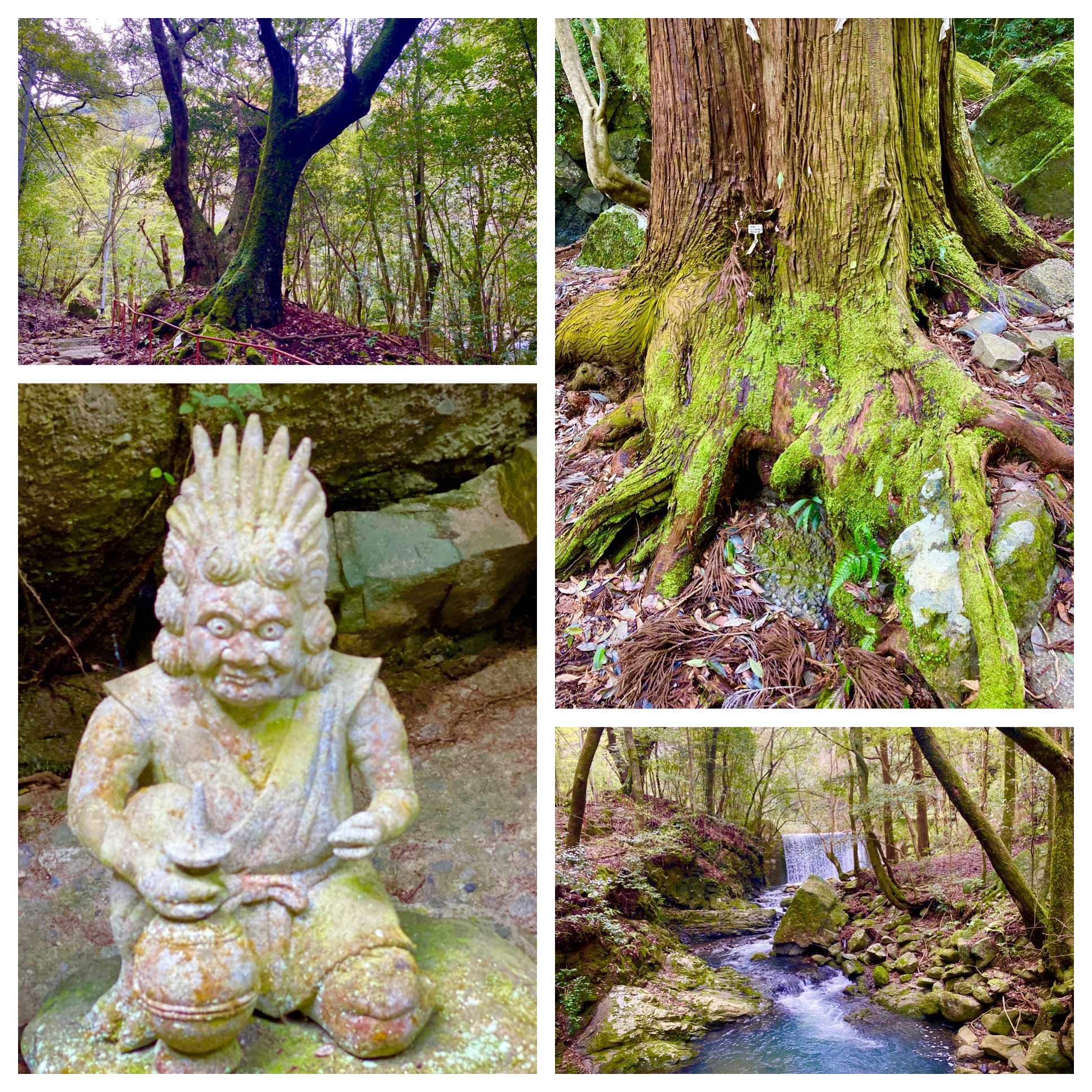
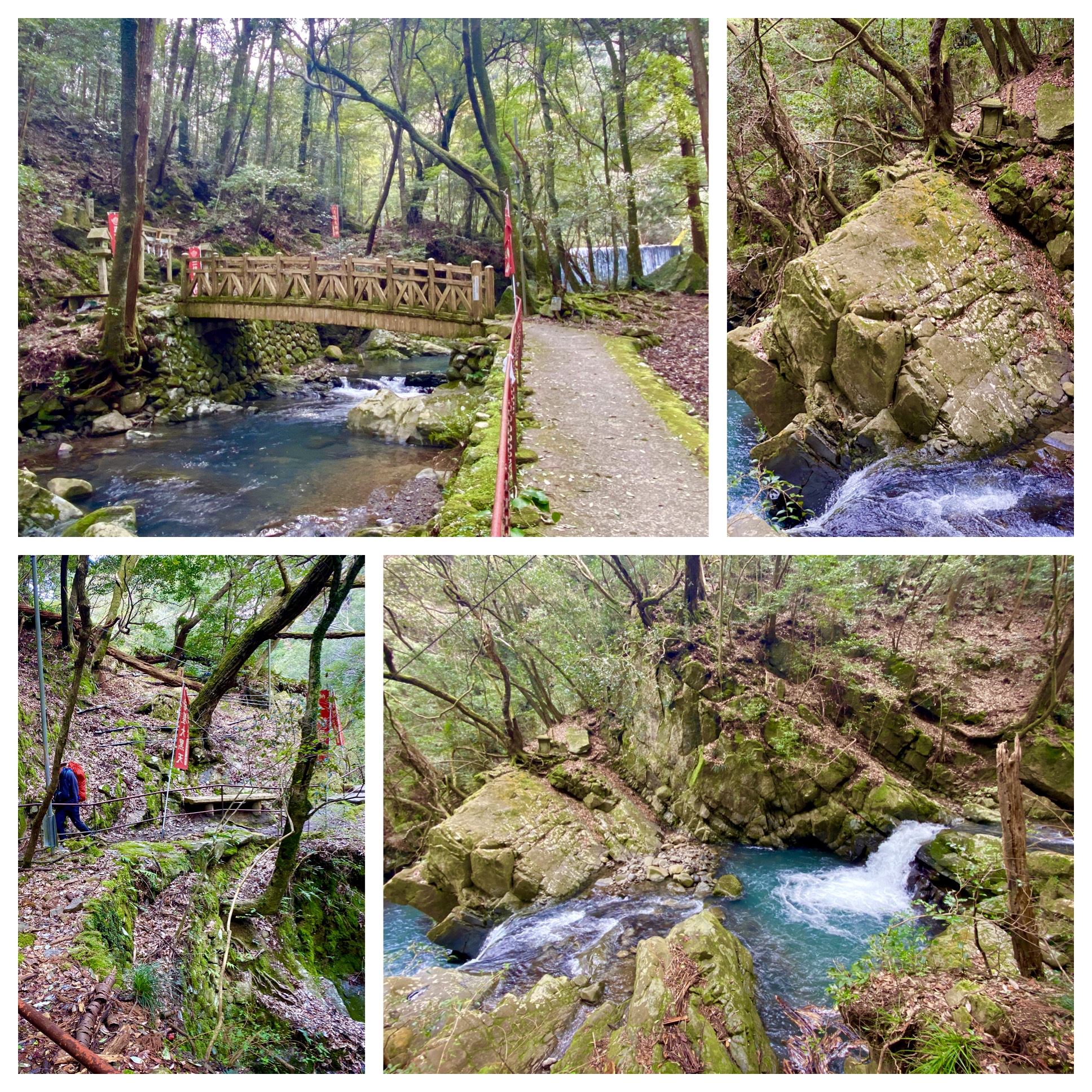
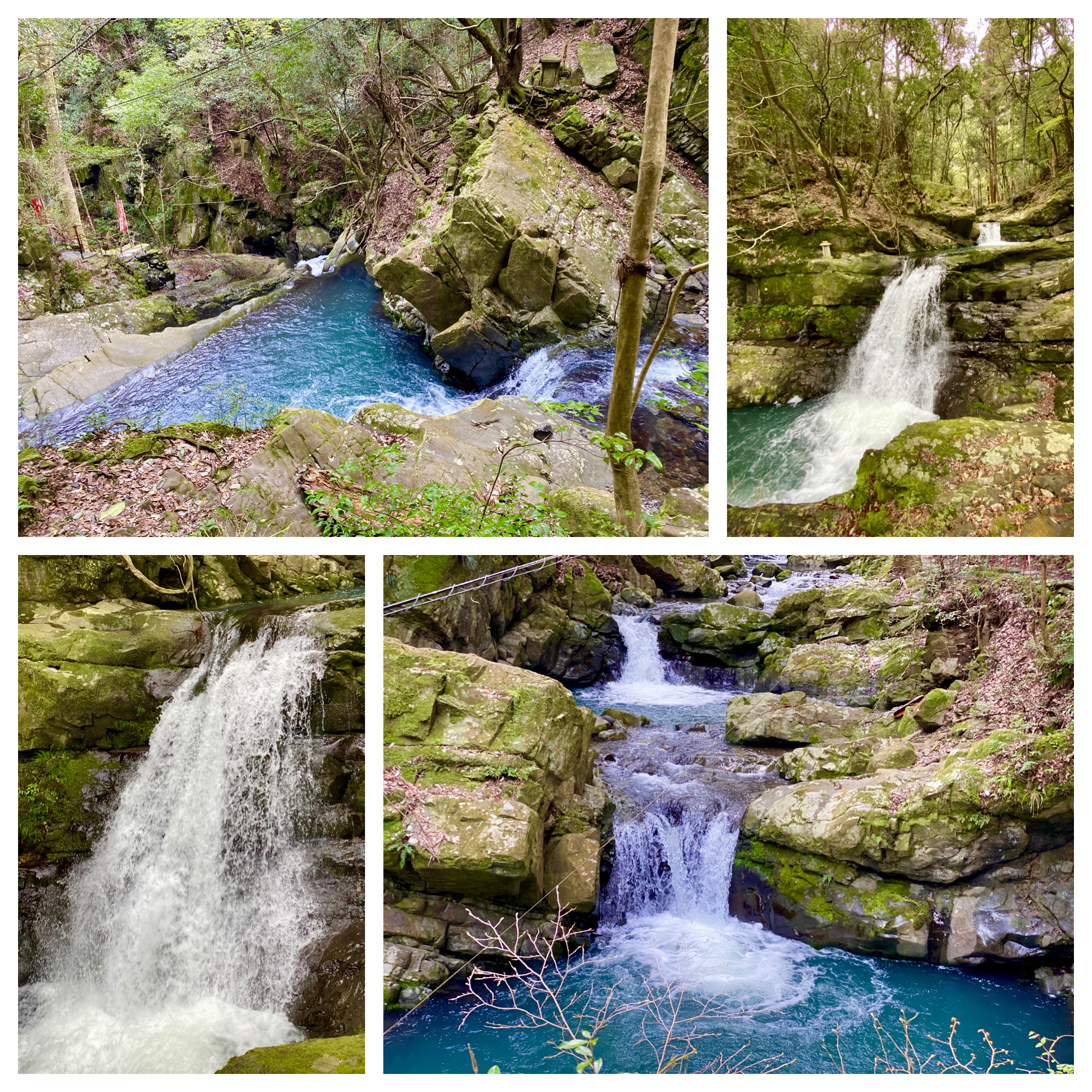
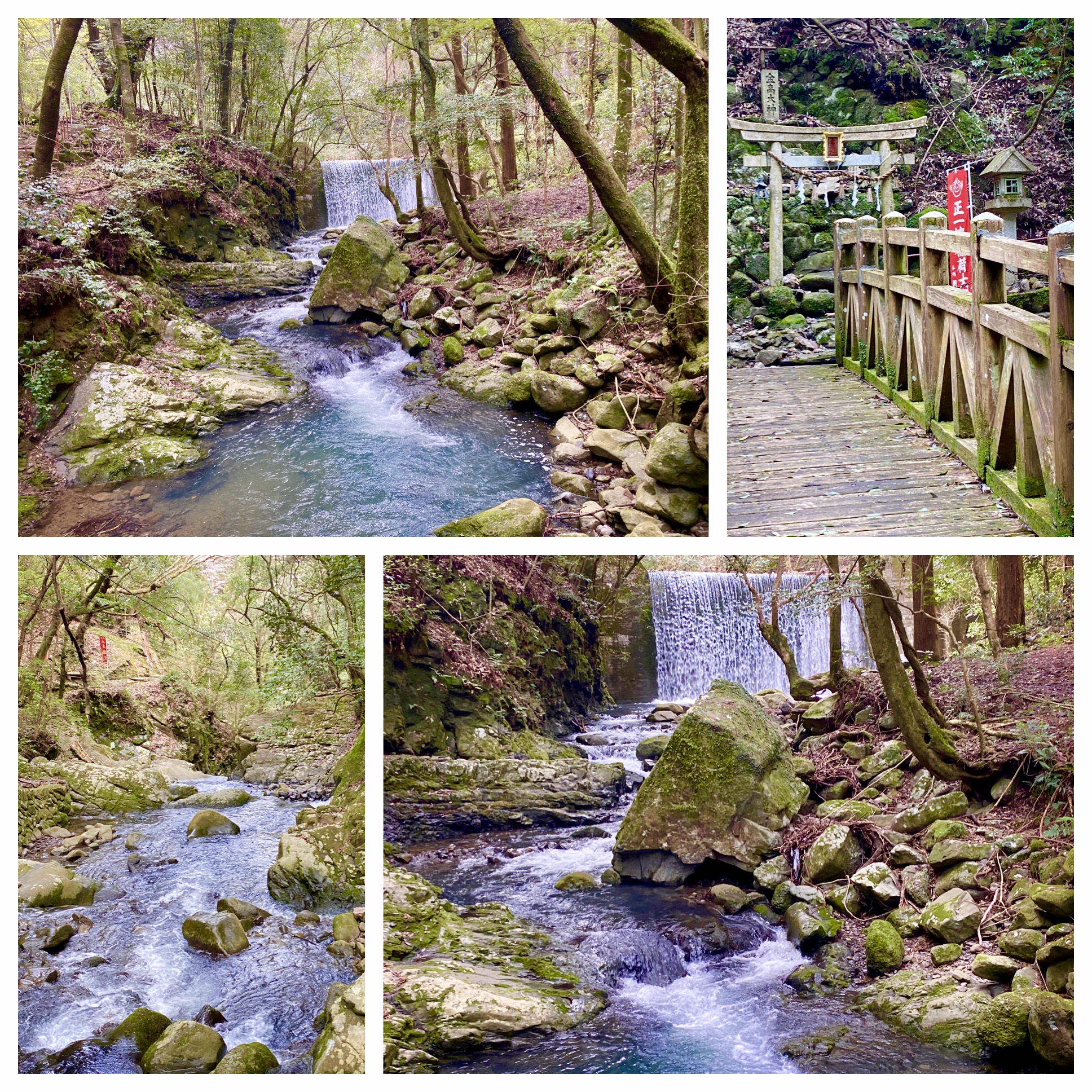
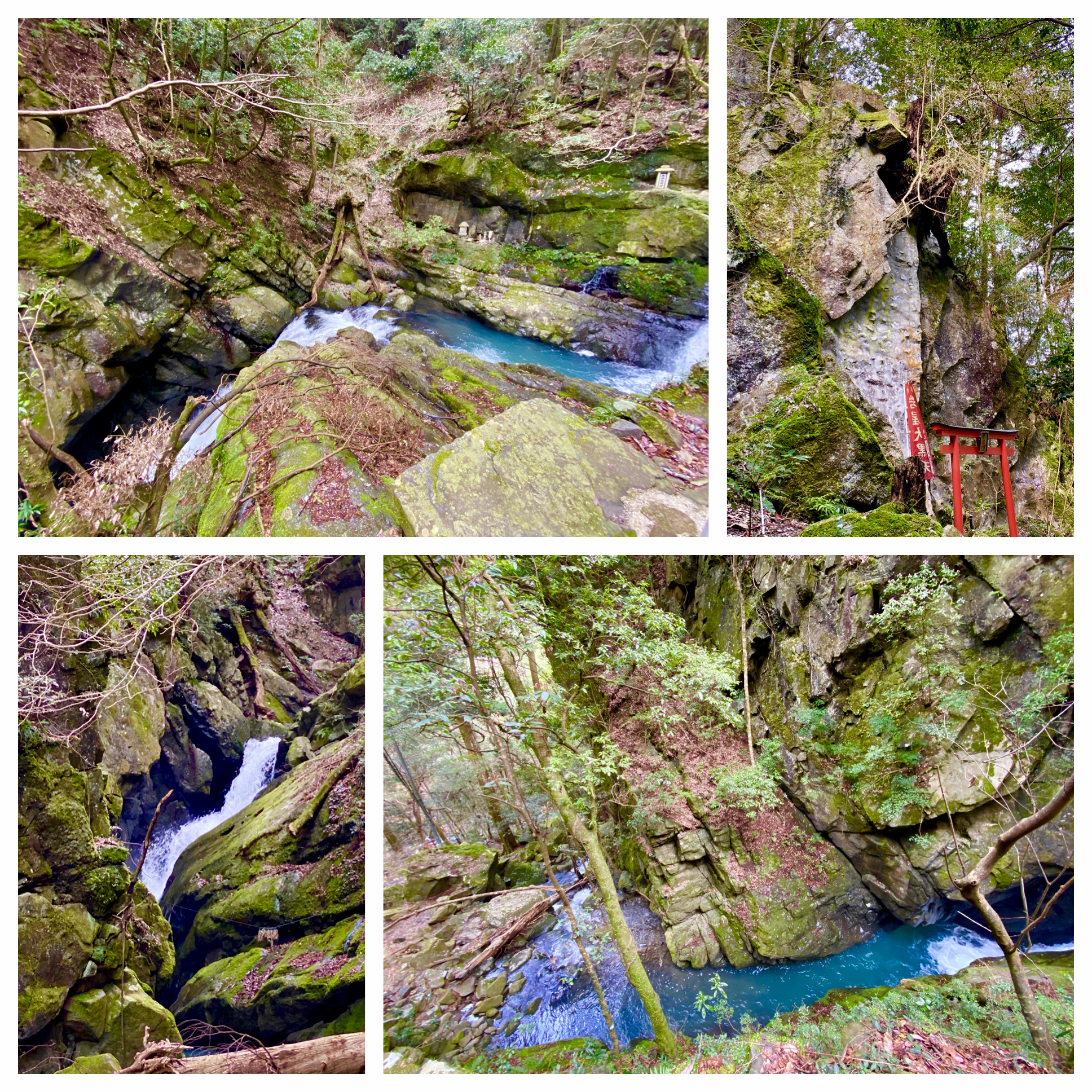
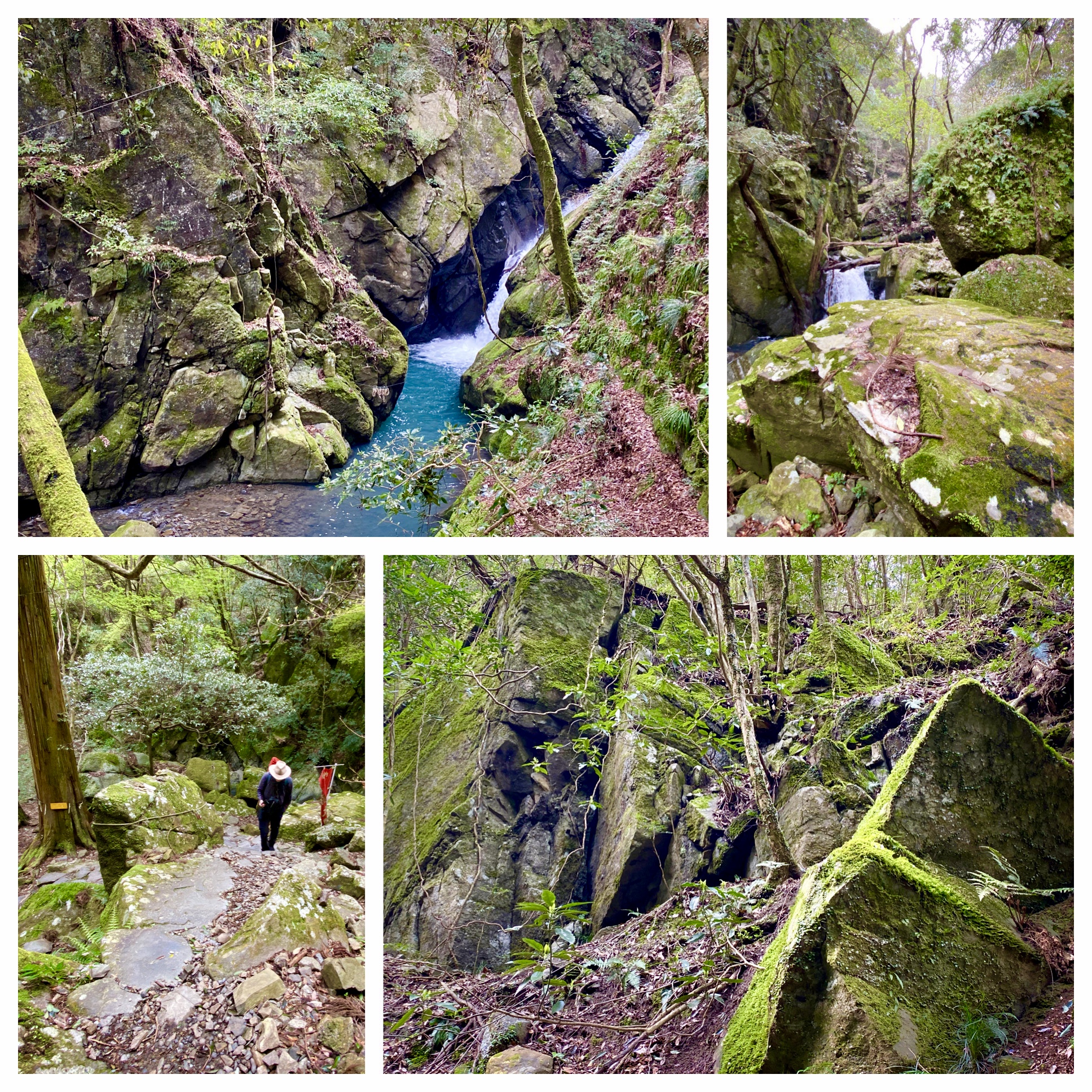
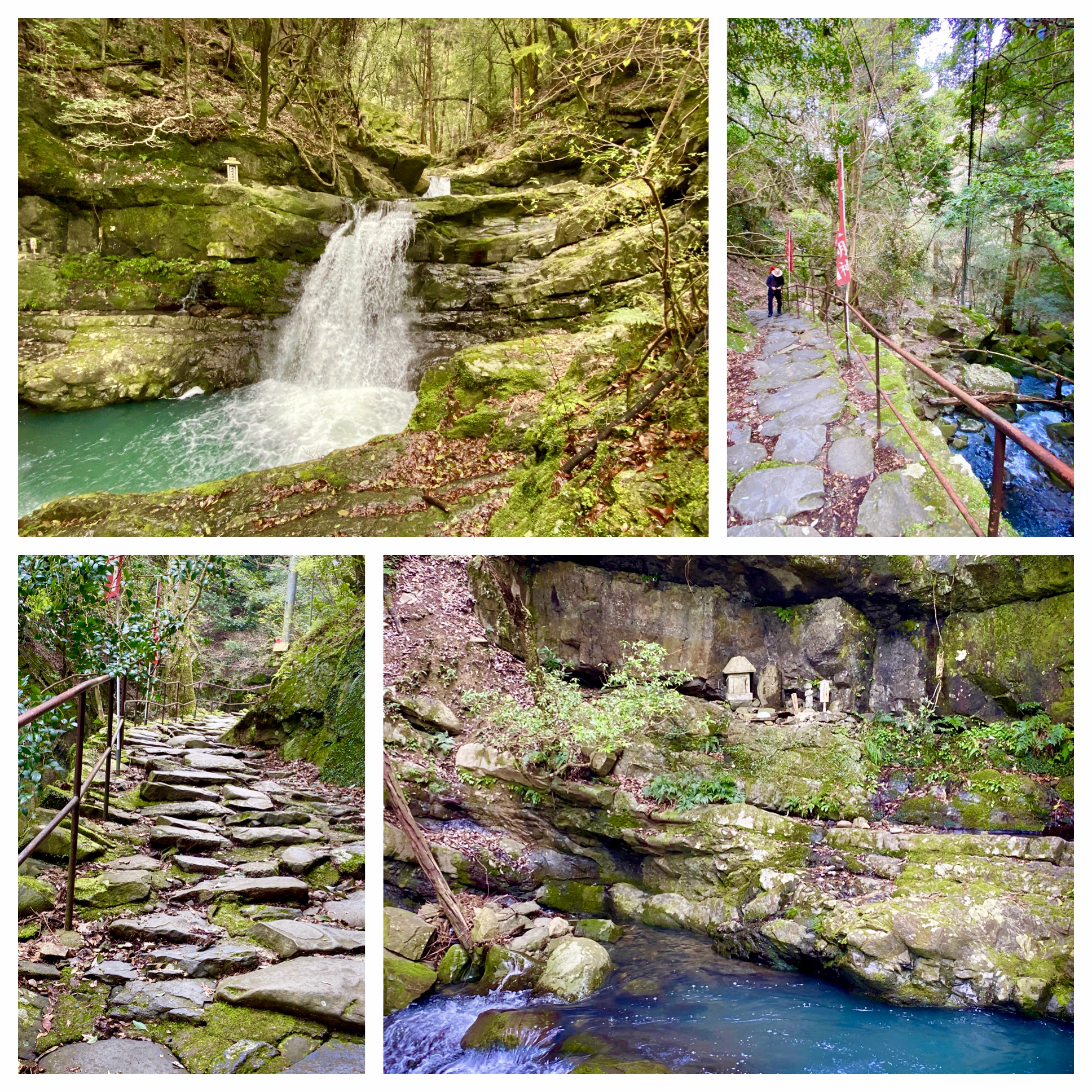
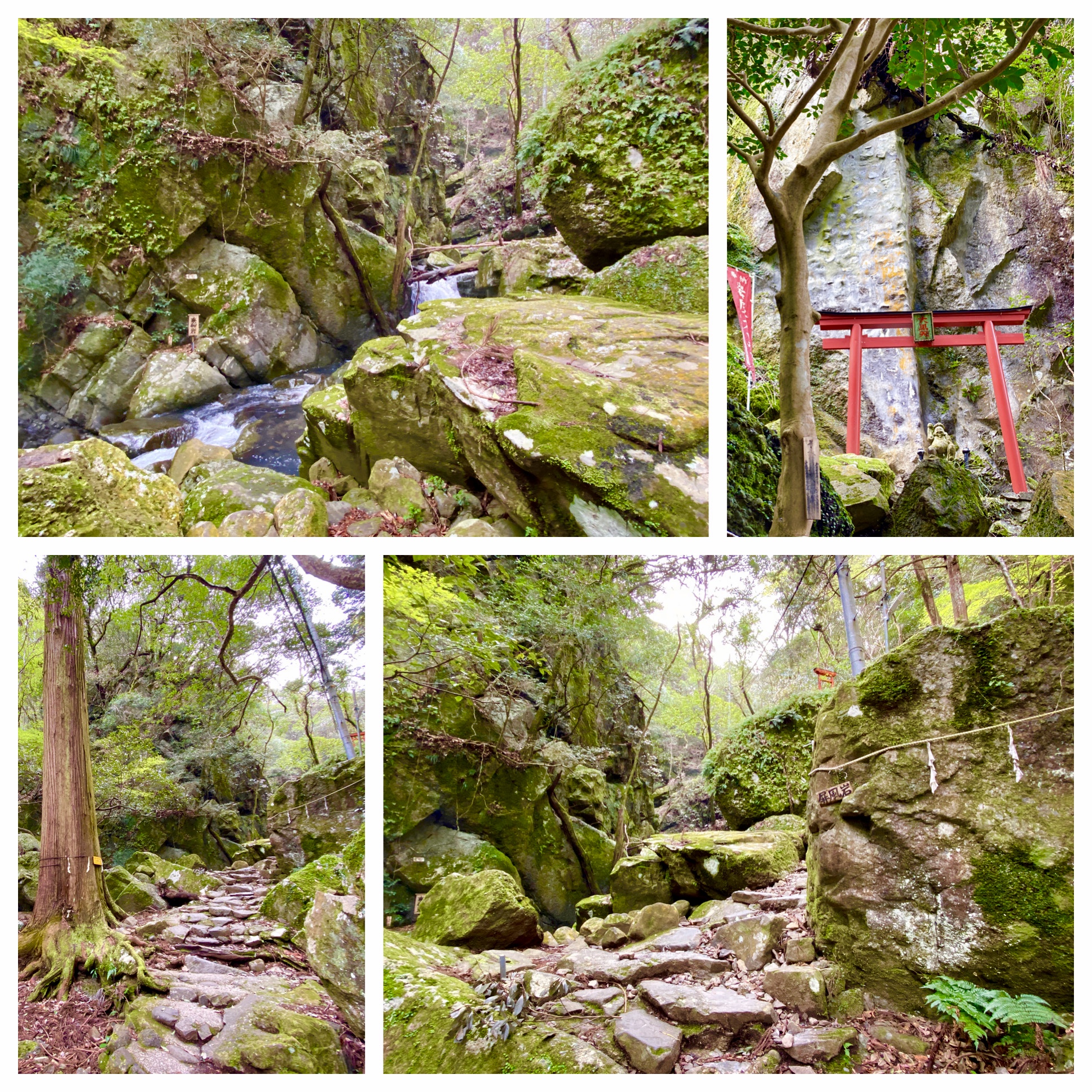


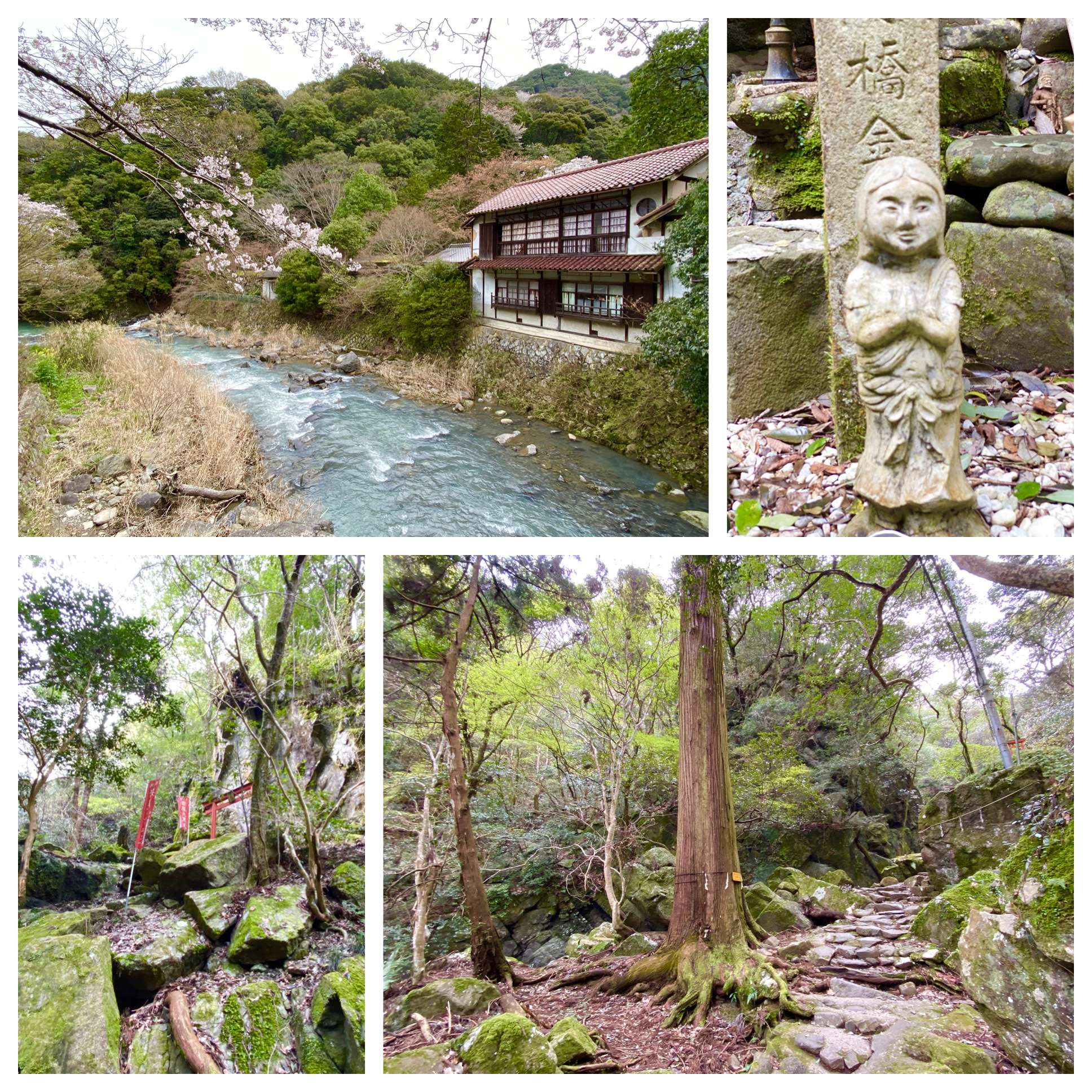
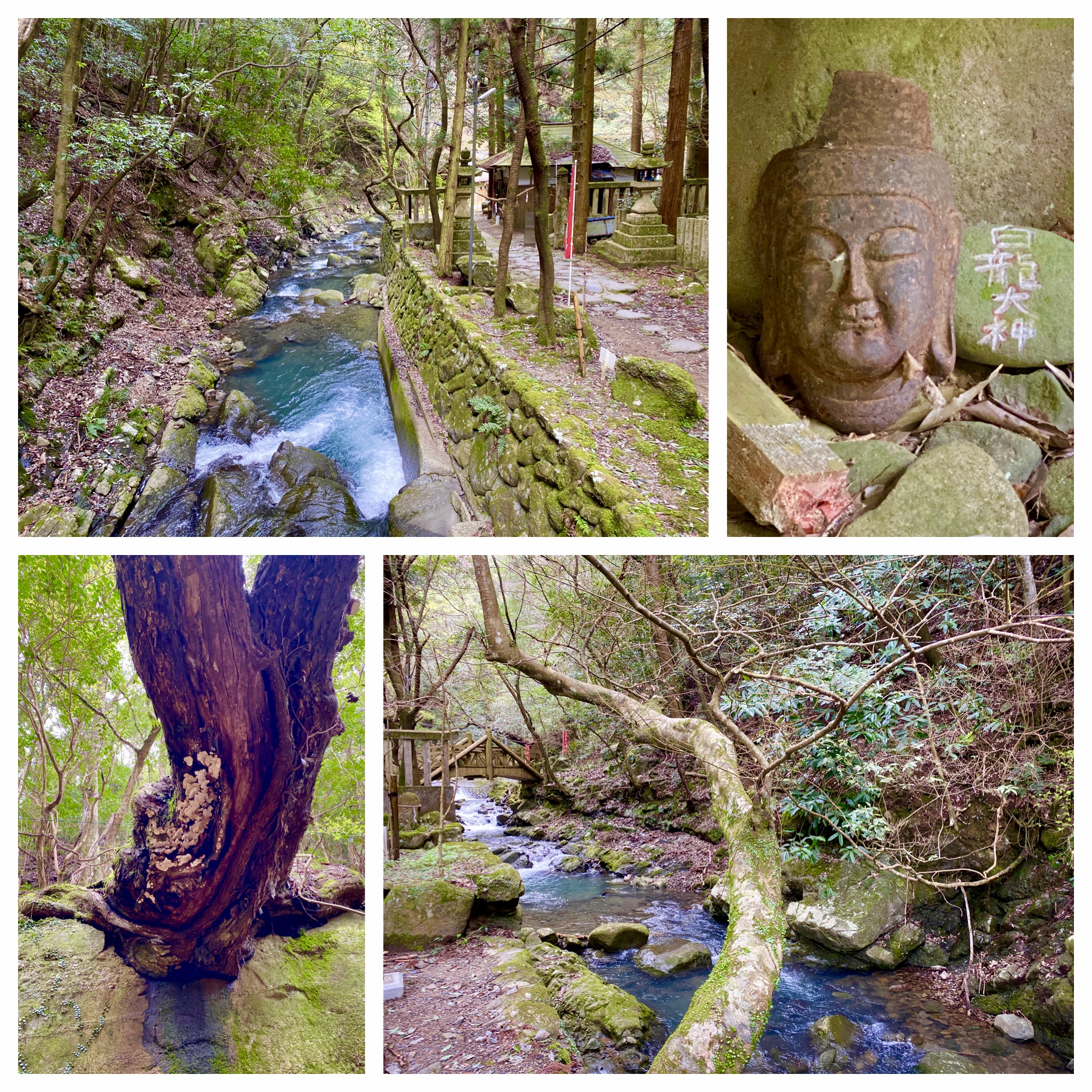
Day 17 - The Road To Enlightenment - Walking The Saigoku Kannon Pilgrimage - From Mount Inunaki To Kishiwada, Japan
Today was a very tiring day, but also a very magical and beautiful day of hiking in what felt like a fairytale forest.
We requested an early breakfast at our guesthouse, and started walking early with our full backpacks.
I knew that today would be a long day, including a mountain summit and lots of climbing.
What I did not know was how beautiful the area would prove to be.
Sometimes I feel that Spirit is guiding all of my trips, all of my plans and the details of our lives.
Allow me to explain.
Back home when I was planning our walking route, it felt very arbitrary that I chose to walk towards and stay in Mount Inunaki.
I did not read anything special about it, nor did I know the story of the mountain.
Only today, as we walked from our hot springs ryokan in Inunaki mountain to the remote and inaccessible Shipporyuji temple deep in the mountainous forest, did I learn about the history of the area.
Our early morning walk took us to a dense forest with a fast flowing river.
A rope was tied between the posts of a Torii gate, to indicate that we were entering a sacred area.
We walked in and started climbing up old and uneven stone steps and tree roots.
Everywhere there were small waterfalls and song birds.
The path meandered around big boulders covered in green moss.
We came upon a sign that told the legend of Mount Inunaki.
The forest was home to ascetic Buddhist monks, who lived here and practiced asceticism as a path to overcome the earthly pull of the body, and pave the way to spiritual enlightenment.
One of their practices, which I actually saw while walking the Shikoku 88 temple pilgrimage, is standing under a tall and very cold waterfall, chanting the Lotus Heart Sutra, without moving a muscle.
This forest has seven famous ascetic waterfalls. and many smaller waterfalls.
It is said that in the years 824-834, the area suffered a ten year drought.
Emperor Junna ordered a prayer to Fudo-Myoo to be made in this area for rain.
Seven holy waterfalls gushed out, and have never dried up.
The monk Kukai (better known as Kobo Daishi) practiced here and blessed each waterfall, assigning each a deity.
The mountain got its name from another legend.
In 890, a hunter with his dog were chasing after a deer in the forest.
The hunter leaned against a tree, aiming his bow and arrow at the deer.
A big poisonous snake was in the tree, hissing its way towards the hunter.
As the hunter was taking his aim at the deer, his dog barked to warn him of the snake.
The deer escaped.
The hunter was mad, and in his anger, turned to hit his dog.
At that moment, the dog jumped at the snake and bit his head off.
The snake bit the dog before his head was cut off and the dog died.
The hunter realized the loyalty of his beloved dog, and gave up hunting animals.
He broke his arrows and used them to erect a stupa where he buried his dog.
Then the hunter became a monk at Shipporyuji temple, and spent the rest of his life in service and meditation.
There is an old stone statue of the loyal dog, set up in the forest hills.
There are also many torii gates and shrines, spread along the way to Shipporyuji temple.
There is a tall statue of Fudo-Myoo at the courtyard in the entrance to the temple.
The temple itself is located up many steps, right below the waterfall.
You actually pass through the temple to see the tall ascetic waterfall.
They do not ask you to take off your shoes as they do at almost every temple when you enter the interior of the temple, because the walk up to the waterfall is on slippery stone stairs.
The monk and a lady at the temple gave me a calligraphy seal to add to my book, because the temple is not part of the 33 Kannon temples of the Saigoku pilgrimage.
They were curious about us, what were we doing here and how we had even heard of this hidden temple.
I myself was in awe as to how we got here and how blessed we were to experience it.
I explained that we were walking the Saigoku pilgrimage, and they were awestruck, saying that nobody walks the Saigoku these days.
We met a few people on the path today.
Some came to worship at the temple, and in a friendly way asked if we wanted our picture taken.
Some were hikers who were out for a six hour day hike.
We exchanged information about their route, and when they saw our planned route, they told us to start walking, because we have a very long day of hiking ahead of us.
Indeed it was a very long hike.
After we left Shipporyuji temple, we climbed up and up many hundreds of forest stairs, eventually leading to an upper road that is no longer in use.
This road was now covered in fallen trees, but it was still walkable.
We climbed an accumulated ascent of 1500 meters, and a descent of 1200 meters.
We had fabulous views, but the steep climb was hard with our heavy backpacks.
Our backs and shoulders were hurting and we could not find a bench or a place to sit down and have a tea break.
We passed by a road worker who was out cutting trees that had fallen and blocked the road.
He was having his bento box lunch simply sitting on the ground, looking very comfortable.
We said hello and pushed on.
We emerged from the forest at a highland rest stop.
Most of the people who come here are hikers, cyclists, motorcyclists and occasionally people who come to picnic.
At the highland post, they had a building with toilets, a forest ranger’s office, a small market run by an old lady and her elderly daughter, and a small udon noodle shop upstairs, run by a lovely married couple.
We bought some fresh strawberries from the old lady, and some handmade Mochi mixed with walnuts.
The old lady was sitting by a burning stove.
She handed us a roasted sweet potato from her coal stove.
It was delicious.
We decided to buy a small bag of her roasted sweet potatoes.
Then we went upstairs to drink some tea and eat our lunch.
The friendly couple who run the place were so kind.
They gave us tea and even washed our strawberries and put them on a plate for us, heated our roasted potatoes for Jules, and made us a very delicious Kombu seaweed udon noodle soup, and a Kitsunė Udon, which is a tofu skin noodle soup.
They also were curious what were we doing here.
Most day hikers do not carry heavy backpacks, only day packs, so we were obviously hiking a longer path.
They were amazed to hear we were walking the Saigoku.
They of course had heard of the Saigoku, as it is the oldest pilgrimage in Japan.
They even had books and magazines, as well as brochures, about the pilgrimage.
They handed me a beautiful book with photos of each temple, the main Kannon statue enshrined in each temple and photos of historical records that are in major museums in Japan.
One of the amazing things in the book was a collection of paintings depicting the legend of each ancient temple on the Saigoku.
All the temples are over 1300 years old, and each has a story.
I photographed each painting, but I am unable to add them to this post because I already have too many photos of today.
I will add them in a later post.
As we sat there enjoying their warmth, hospitality and food, we met other people who had come to dine.
First we met a very nice man who asked what we were doing and apologized to us that Japan is now suffering from the coronavirus.
Later as he drove down the mountain and saw us walking on the side of the road, he offered us a ride to our onsen hotel.
We thanked him, bowed and refused, even though our legs were so tired and our shoulders and back wanted nothing more than to be done for the day.
We met another group of Japanese people at the Highland rest area post.
When the other diners told them that we were walking the Saigoku pilgrimage, they expressed their amazement.
Then they told us that it will be a very difficult journey.
They said that many of the temples are Nansho, meaning they are on top of high mountains and are not easy to reach on foot.
They knew each temple by name and started telling us the names of the temples that are on top of mountains, counting them on their fingers.
I don’t even know all the names of the temples by heart as they do, and I was amazed that they knew intimately all the temples.
I wanted to rest more, but we still had a long walk ahead of us.
We first had to climb up four kilometers to the mountain pass, and then do a long walk down to the onsen we’ve booked for the night.
We had to stop often to catch our breath until we reached the Mountain pass.
Many people were picnicking in the park at the summit.
Then all came by car and brought folding tables, chairs, grills and food.
We used the toilets and stopped for a tea break, before our ten kilometer down hill hike.
Two men were showing off their off road vehicles, trying to drive them over stone steps and up a steep slope.
It was obvious to us, but apparently not to them, that their cars cannot do what the commercials on TV show them doing.
Still, it was a fun entertainment while we finished our tea break.
It was still a long two and a half hour hike to get down to our Onsen hot springs hotel in the forest.
We arrived so tired, that we took off our backpacks, and sat in their lounge to have a delicious hand crafted fruit ice cream.
The Ushitaki Onsen Shiki Matsuri, is open to the public, and many cars were parked by people who had come to soak.
But there were only two other parties of guests staying here.
It is not a tourist hotel.
It is not very well known, but it is wonderful.
Our river view room was clean and spacious, the outdoor and indoor hot springs were lovely and we had dinner at their restaurant which served simple Japanese food, that very good.
I was so tired that I fell asleep by nine in the evening, and slept ten hours of a restful sleep.
With much love,
Tali
Daily stats:
Steps walked - 31,904
24 km. walked
Active walking time - 6 hours
Total walking time today - 8 hours.
Total walking distance on the Saigoku to date - 319 km
Temple Visited:
Shipporyuji 七宝瀧寺, Izumisano - A remote mountain temple from the 7th century- Not part of the Saigoku pilgrimage but an amazing temple with ascetic waterfalls